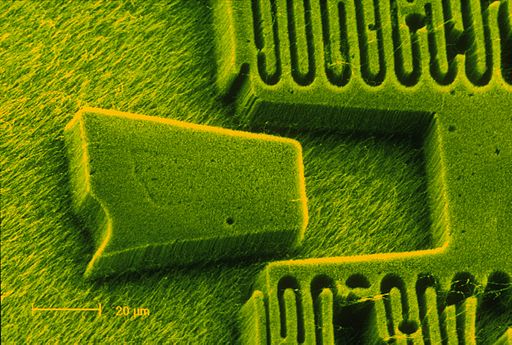Robotics, technology and medicine have never been more related than at present. Three branches of science that complement each other in an indivisible whole that is making many progresses. Chips to improve memory, nanoparticles to treat cancer, edible QR codes to identify medicines, development of electrospinning equipment to fight diseases… Many are the advances we have been counting on over the days, however, this time we are going to talk about a project so revolutionary that it sounds to science fiction. It is a revolutionary nanobot capable of locating and destroying tumors in just two days. Incredible true?
A group of researchers from the Arizona State University (ASU) and the National Center of Nanoscience and Technology of China, led by Shawn M. Douglas, have created one of the most spectacular inventions of this year, but the most . It is an impressive nanobot that is able to locate and destroy tumors in a total limit of 48 hours. A very hopeful study that has been published recently in the journal Nature Biotechnology and that has managed to revolutionize the entire scientific community.
It should be noted that nanotechnology is growing at gigantic levels. According to experts, the forecasts for this year mark the figures in a total of approximately 3.3 billion euros in turnover. Ranks that were recently unattainable and showing a positive trend thanks to the large number of inventions that have emerged in recent years. In this case we are talking about a prototype successfully tested in pigs and mice that are defined as completely autonomous nanobots that have been programmed to detect tumors and cut off their blood supply. The most important part of this procedure is based on the fact that these devices directly attack the harmful cells without harming the healthy ones.
The key lies in getting the nanobots able to get the programmed DNA to fold back on itself and return to normal whenever necessary. “The nanobot is synchronized with a DNA aptamer that binds to nucleolin, a protein expressed specifically in endothelial cells associated with tumors, and the thrombin of the blood coagulation protease inside its internal cavity,” the study authors comment.
Featured image by CSIRO [CC BY 3.0 (http://creativecommons.org/licenses/by/3.0)], via Wikimedia Commons



